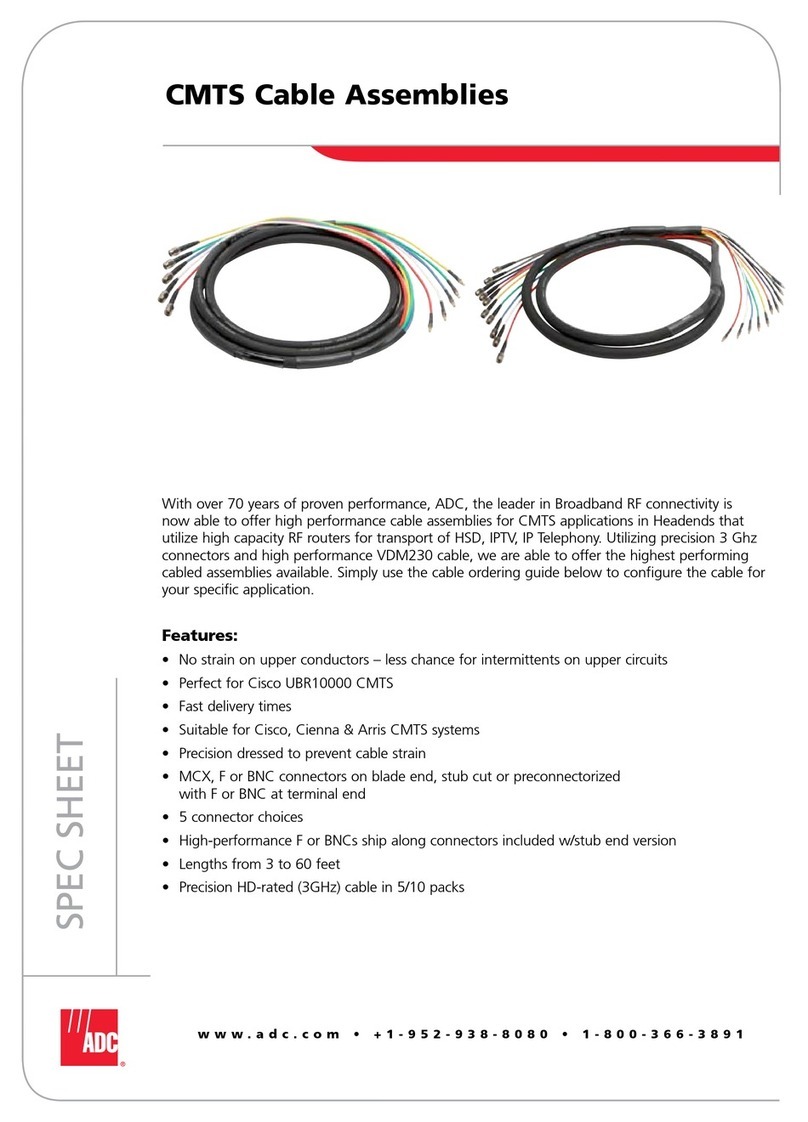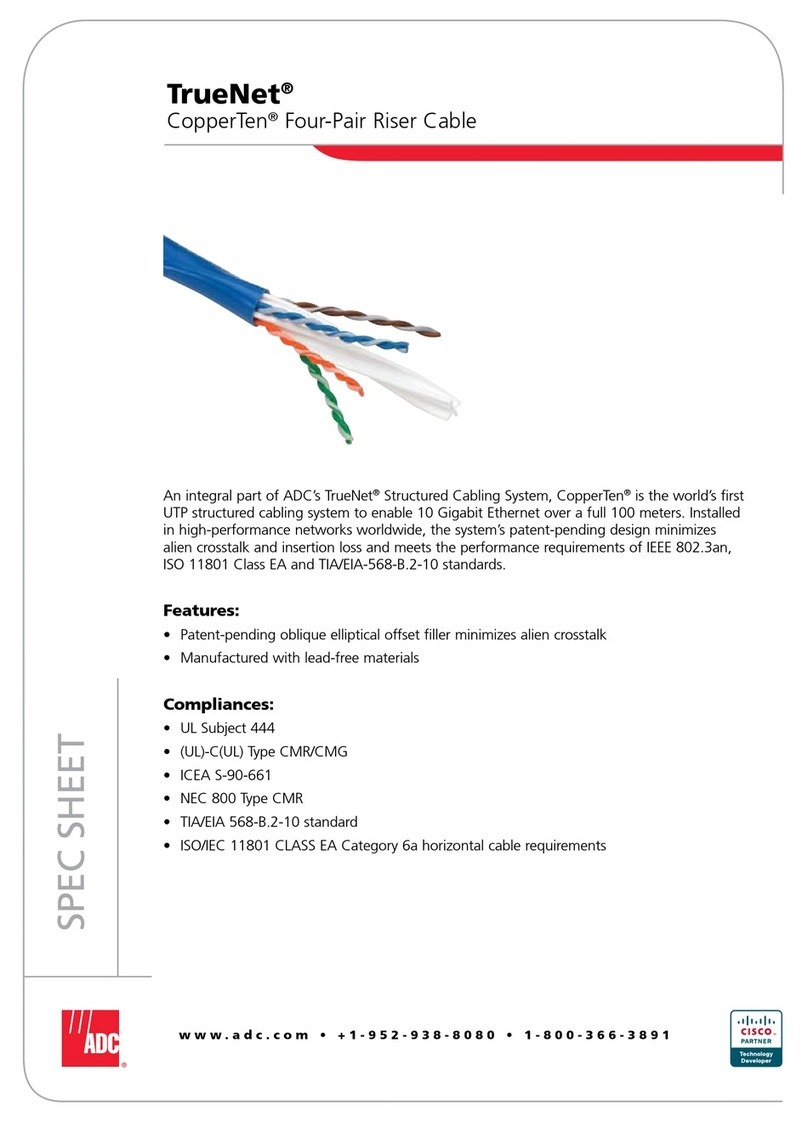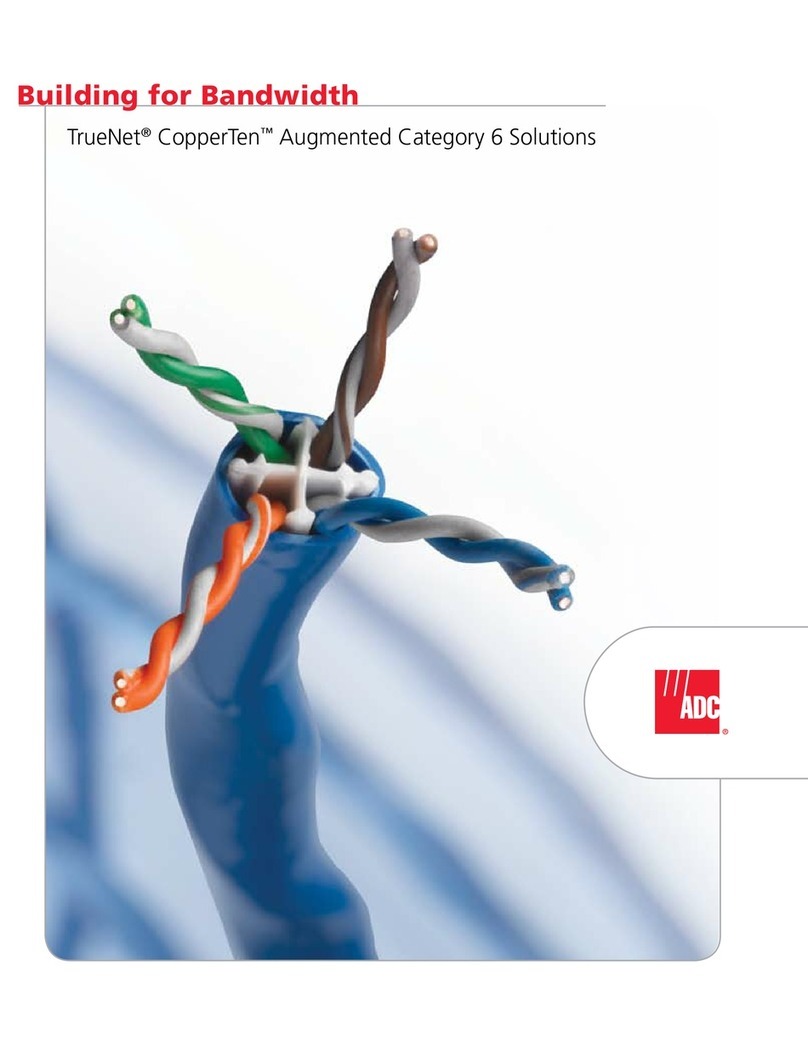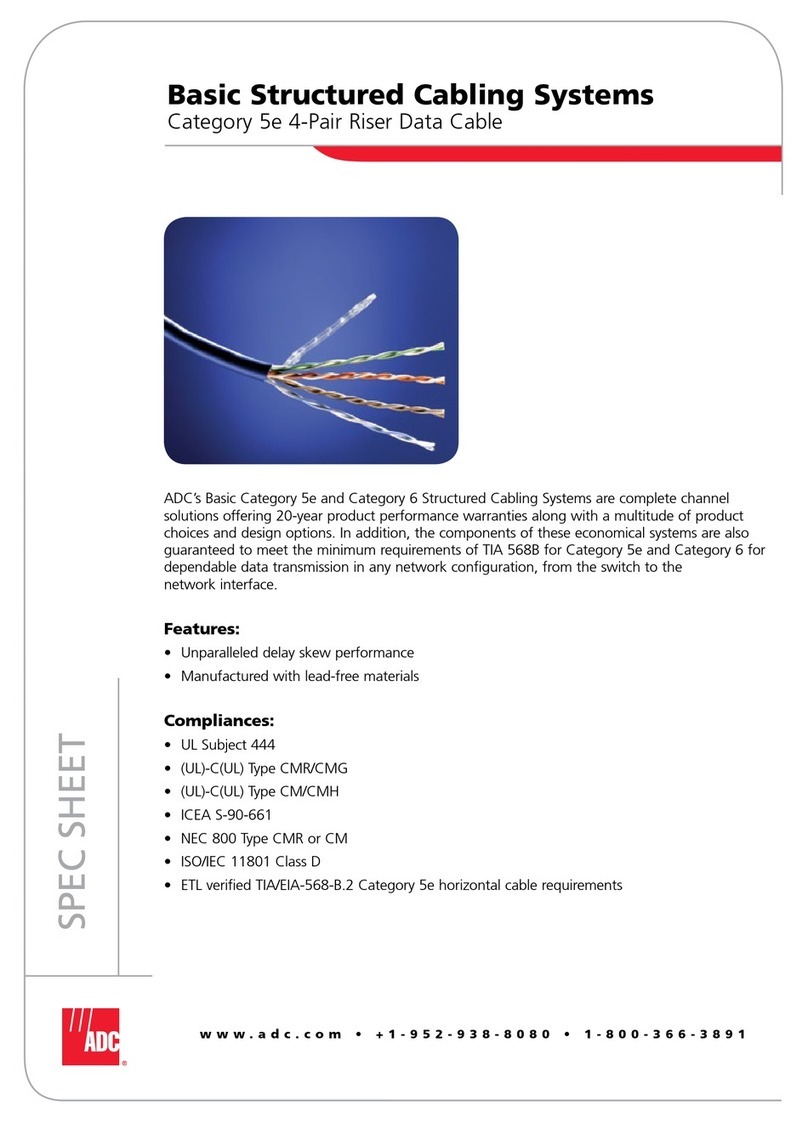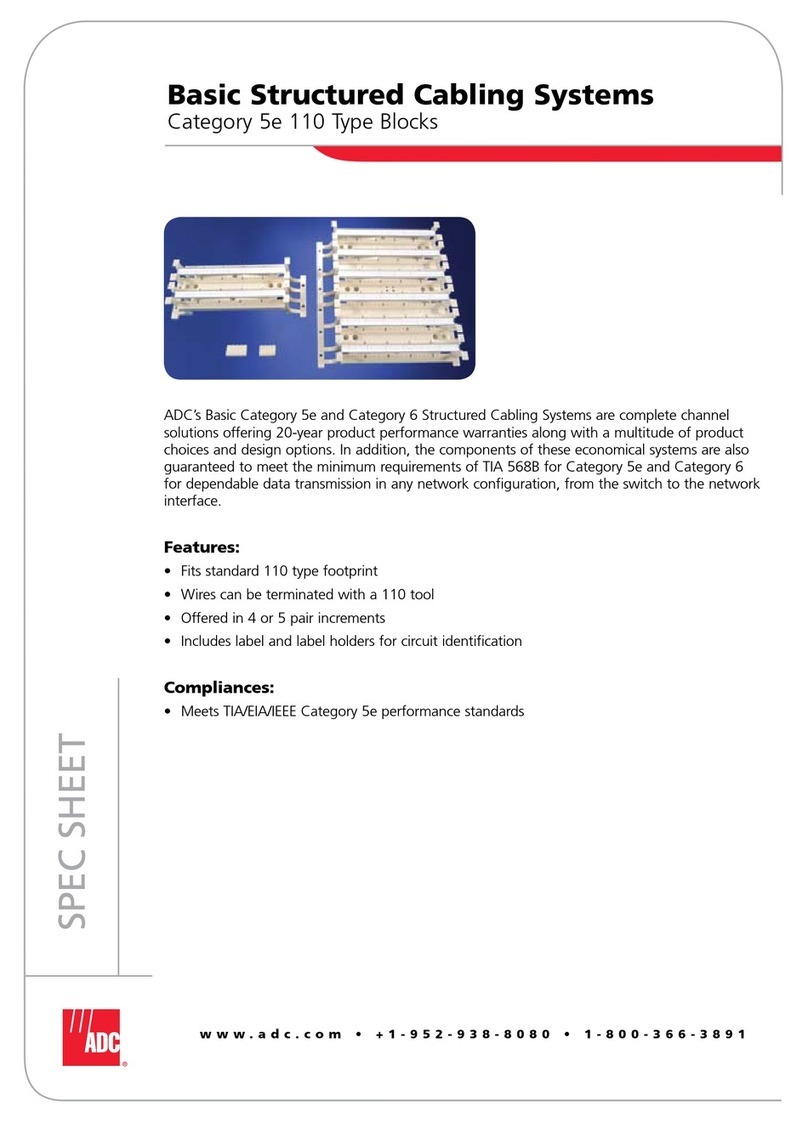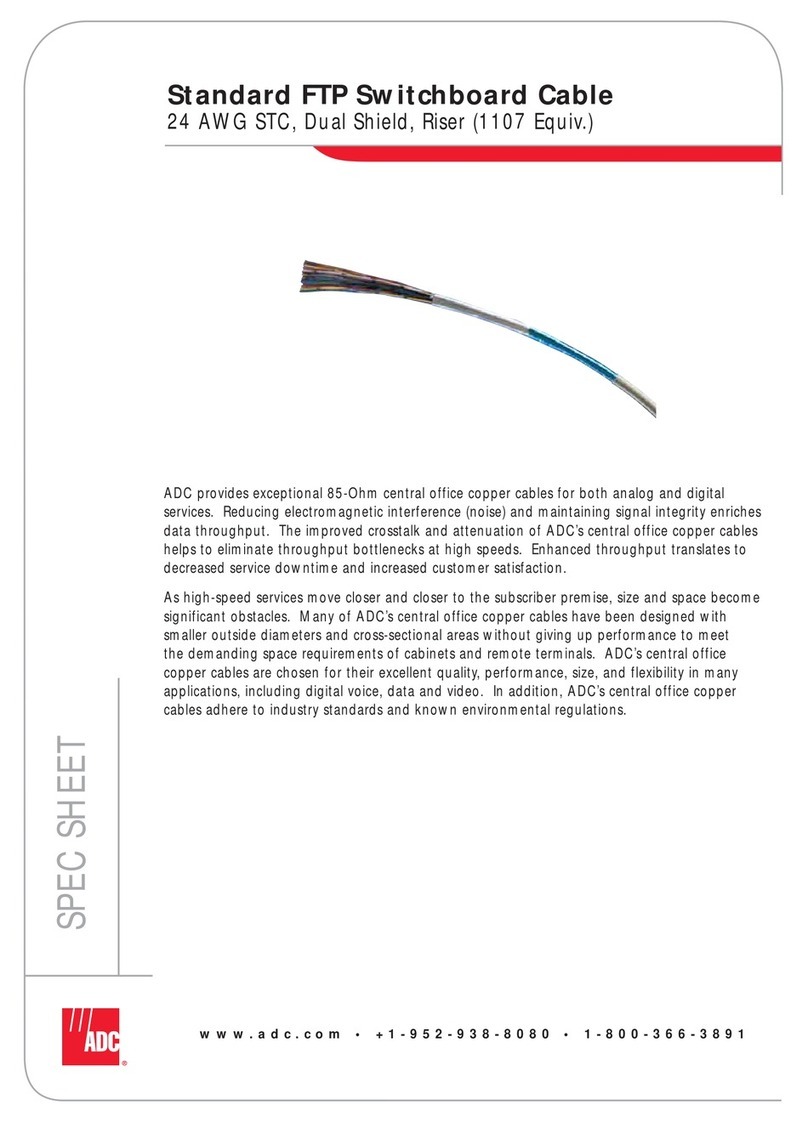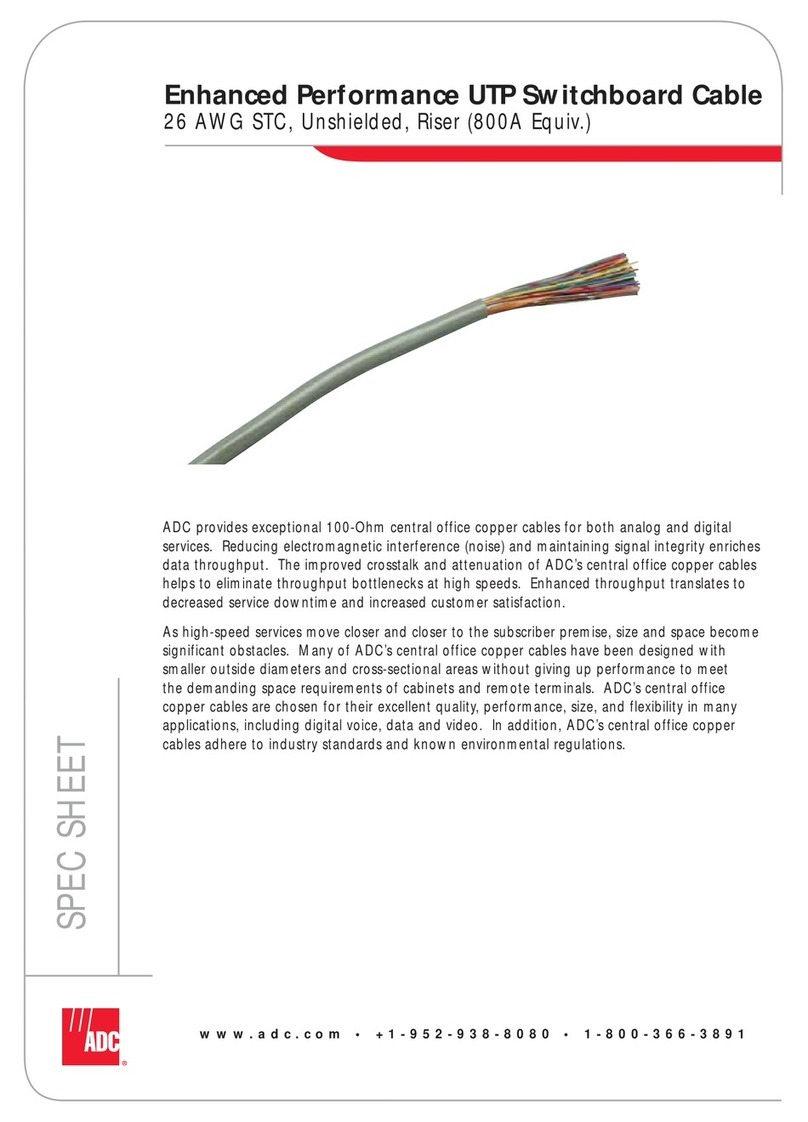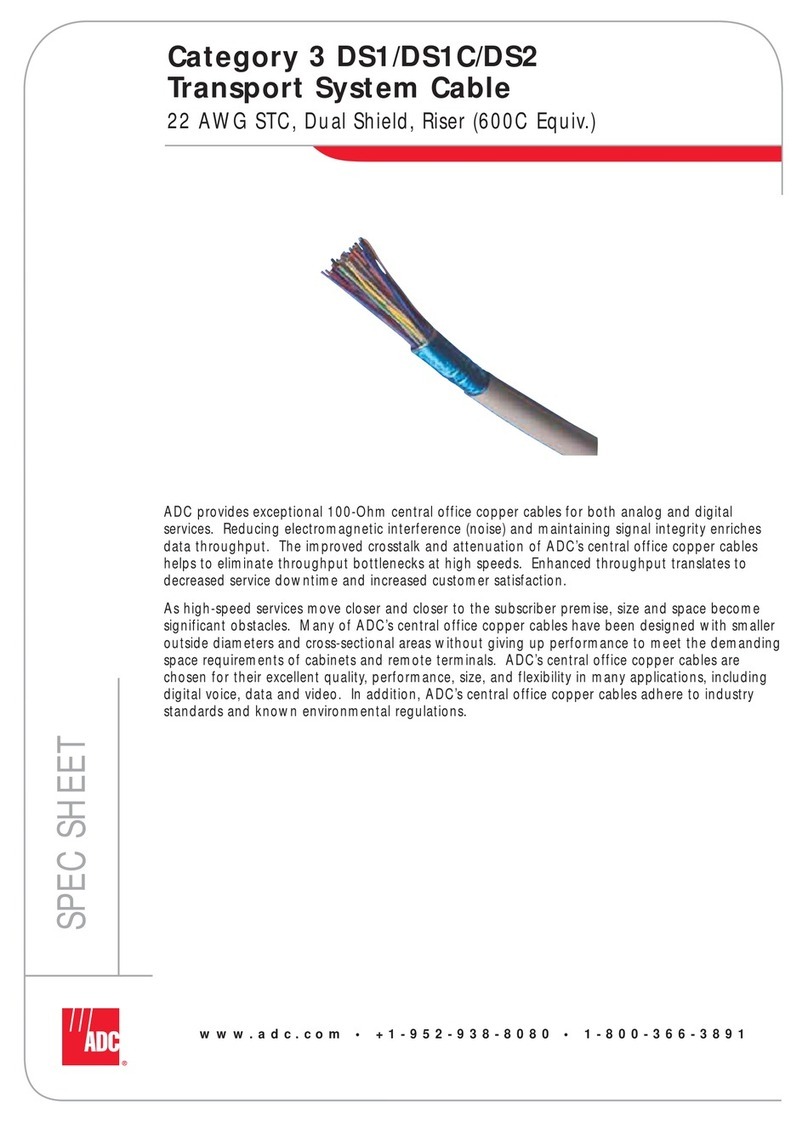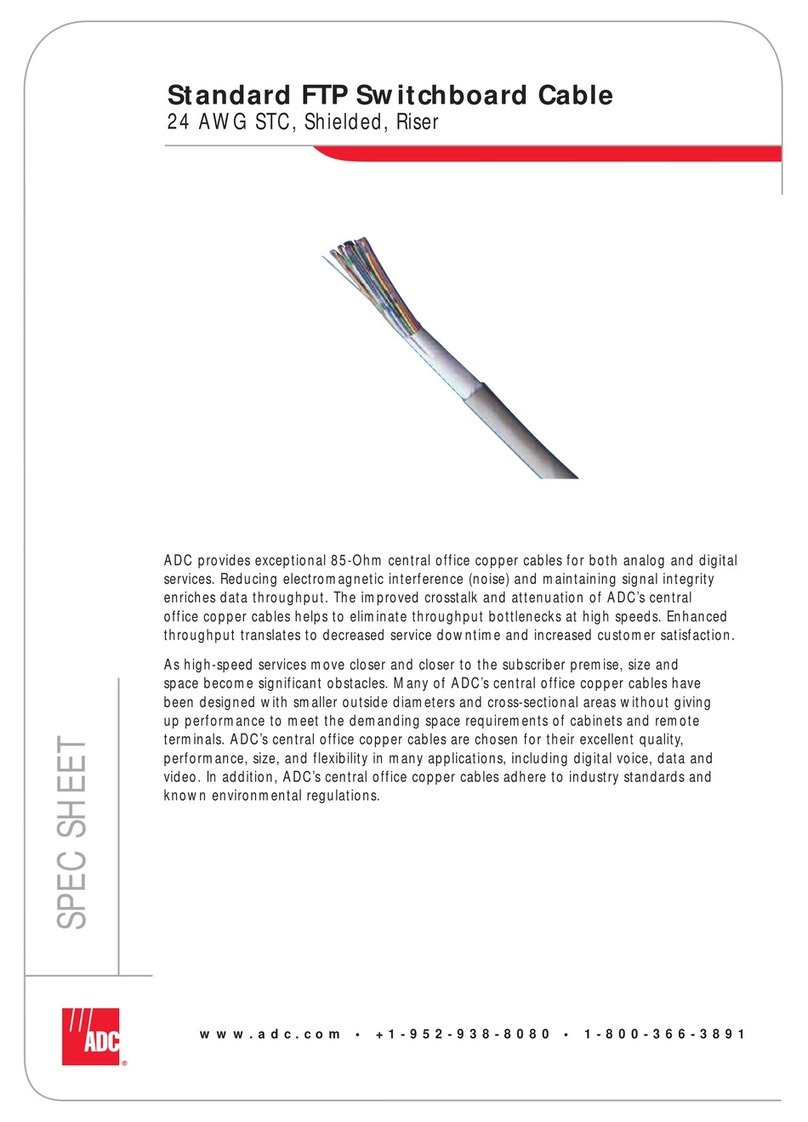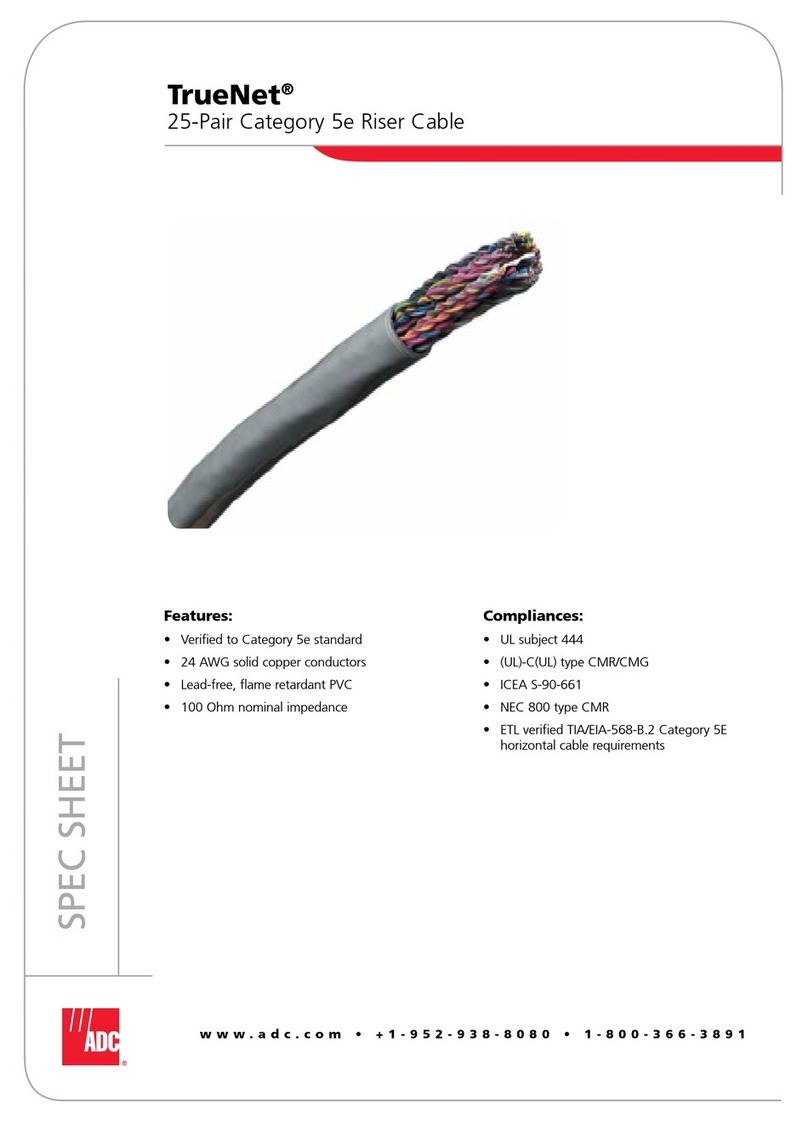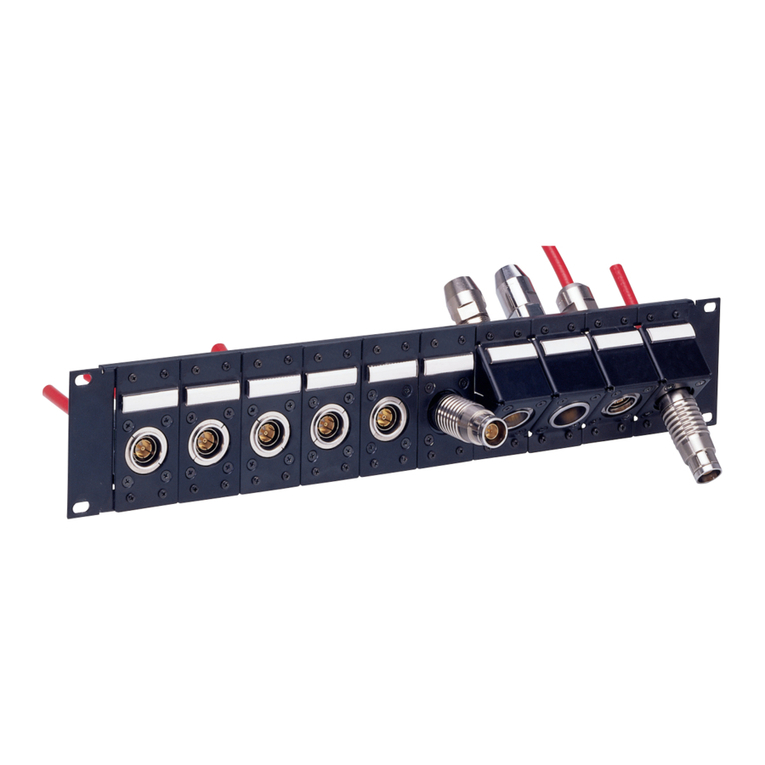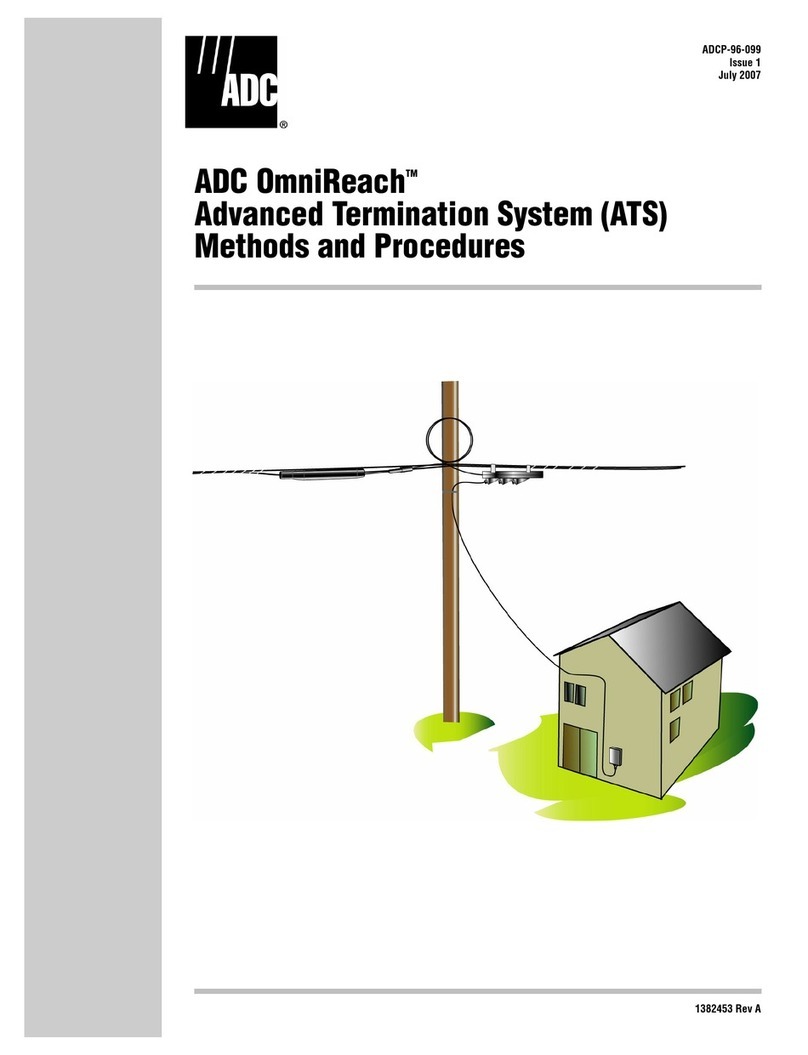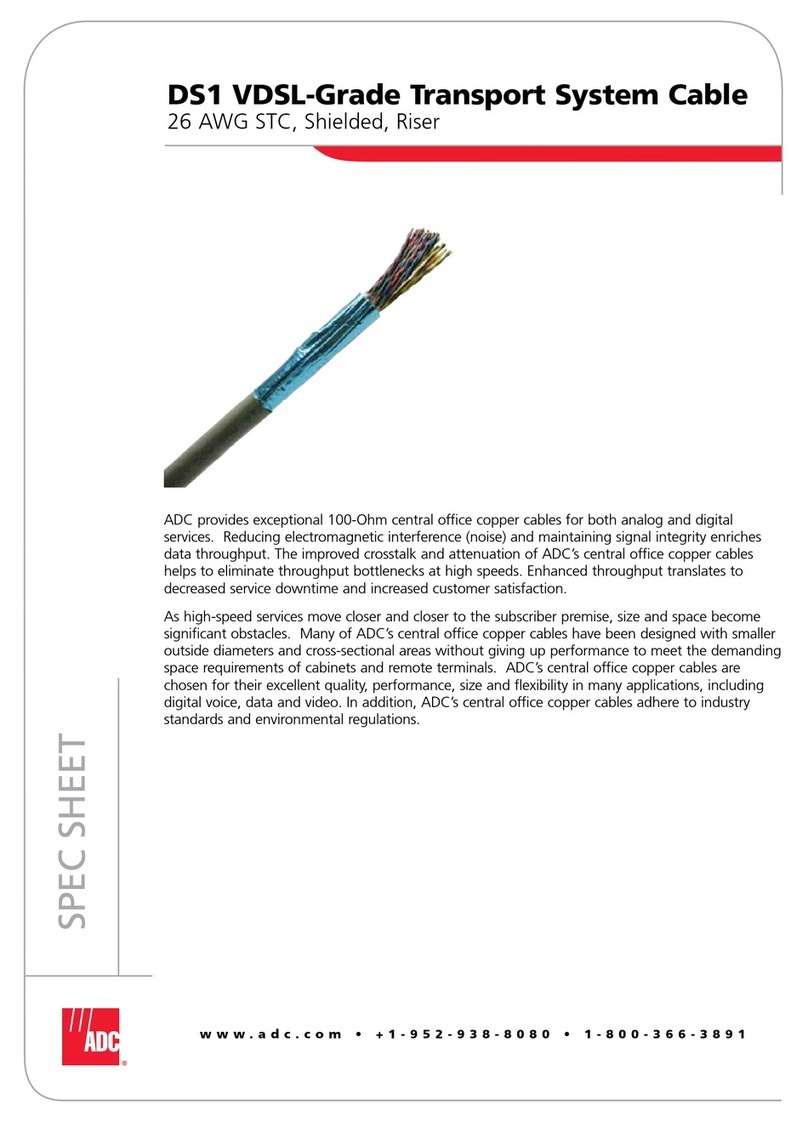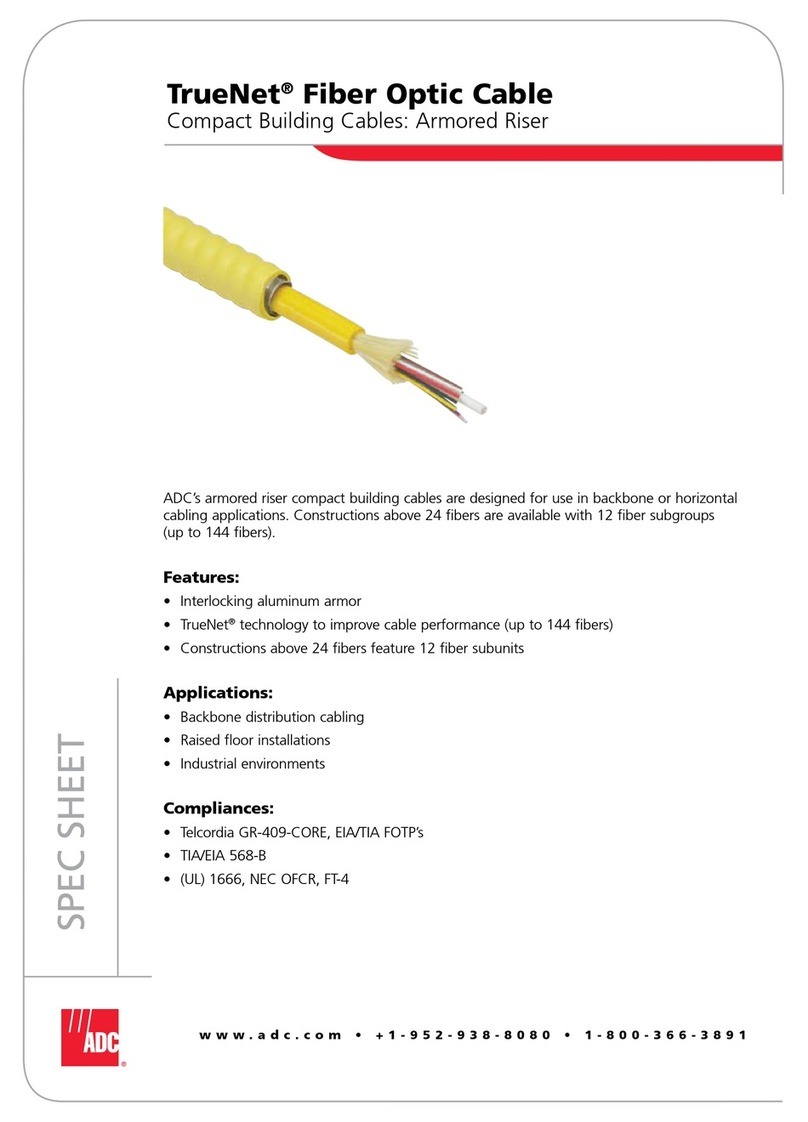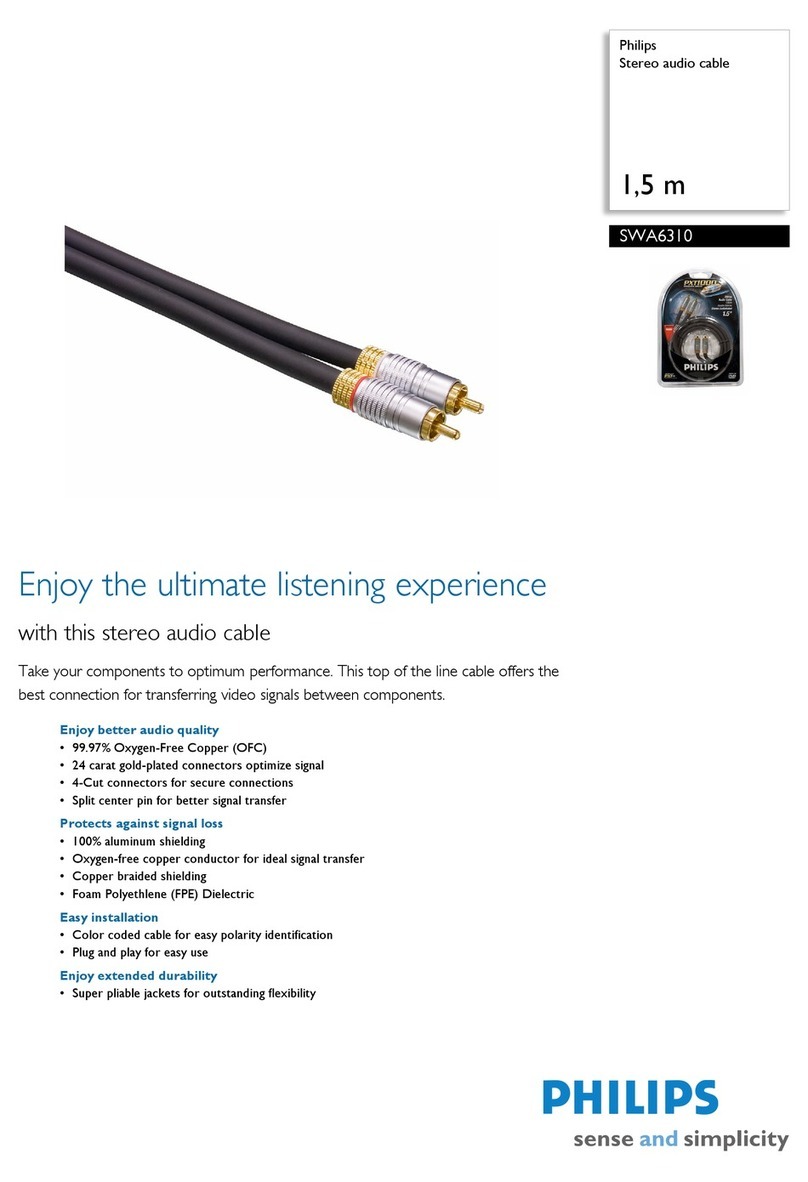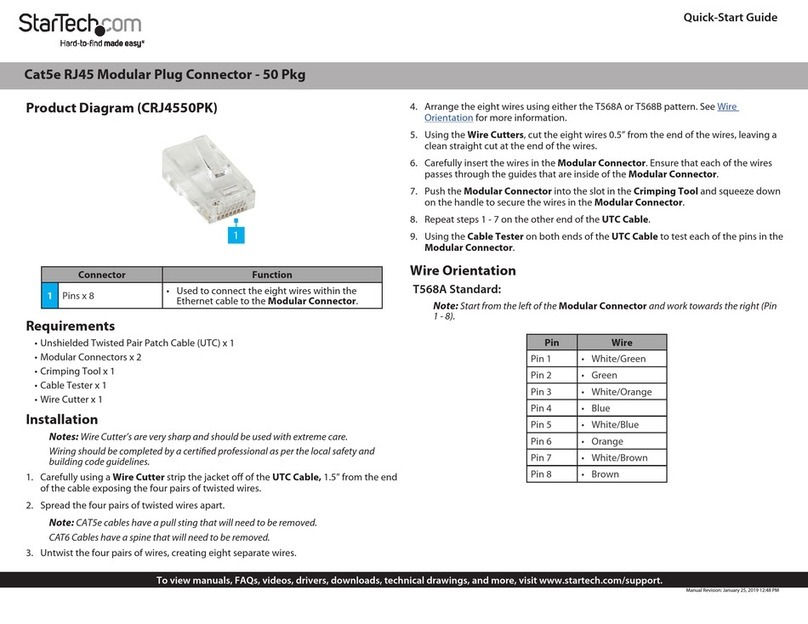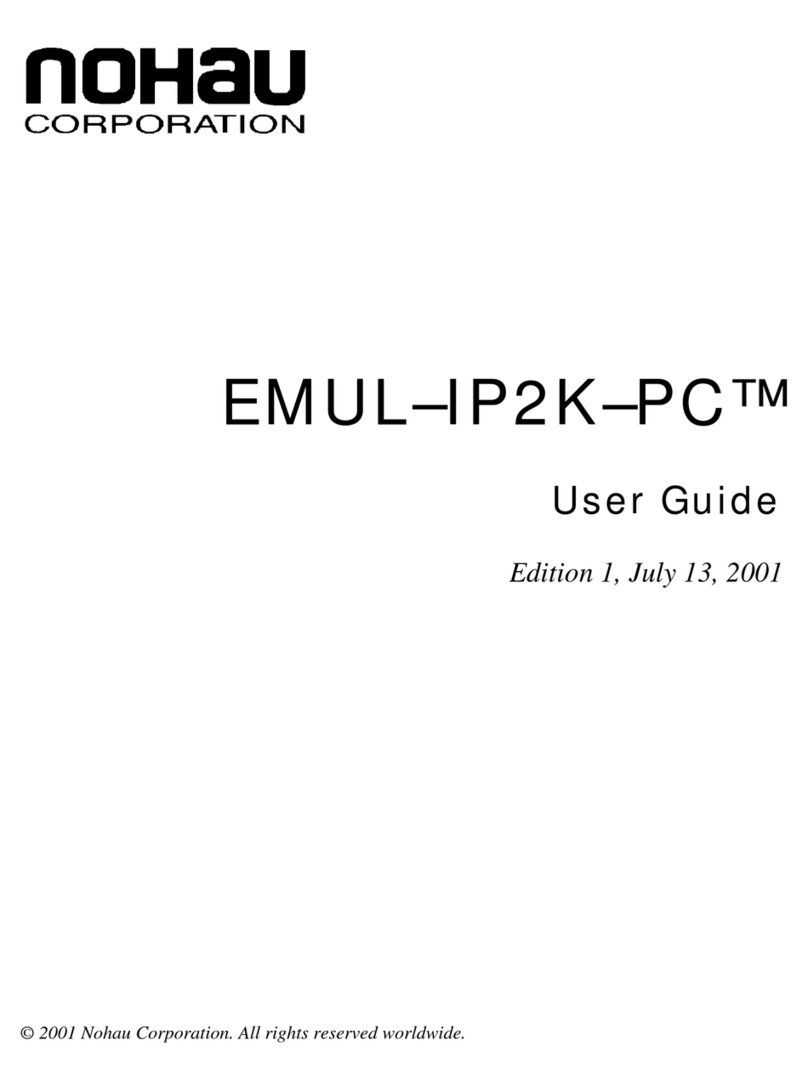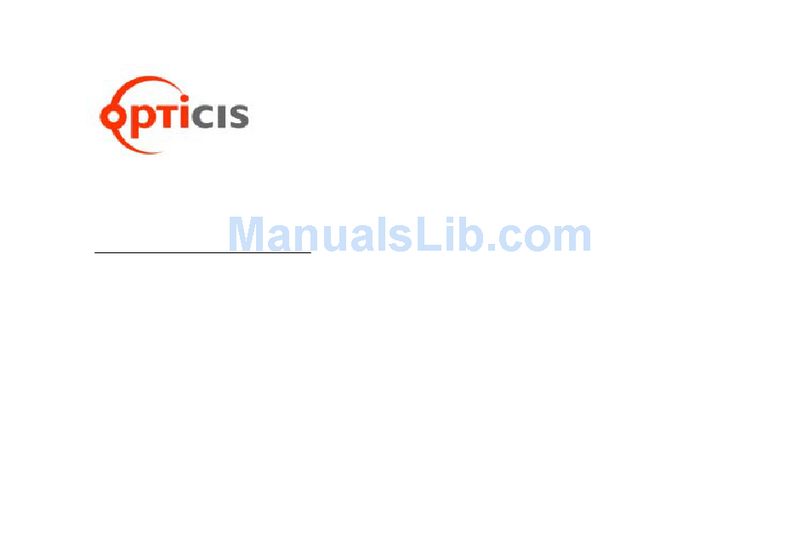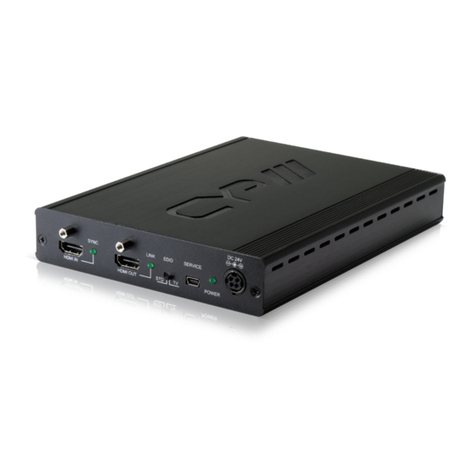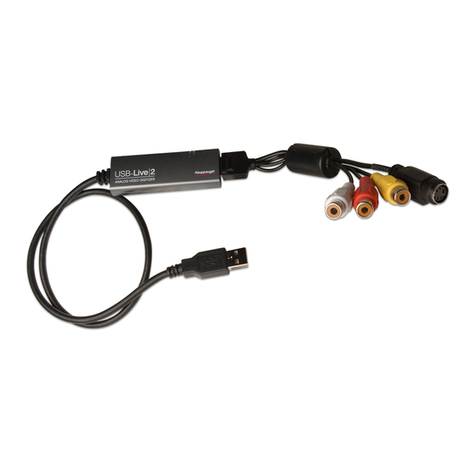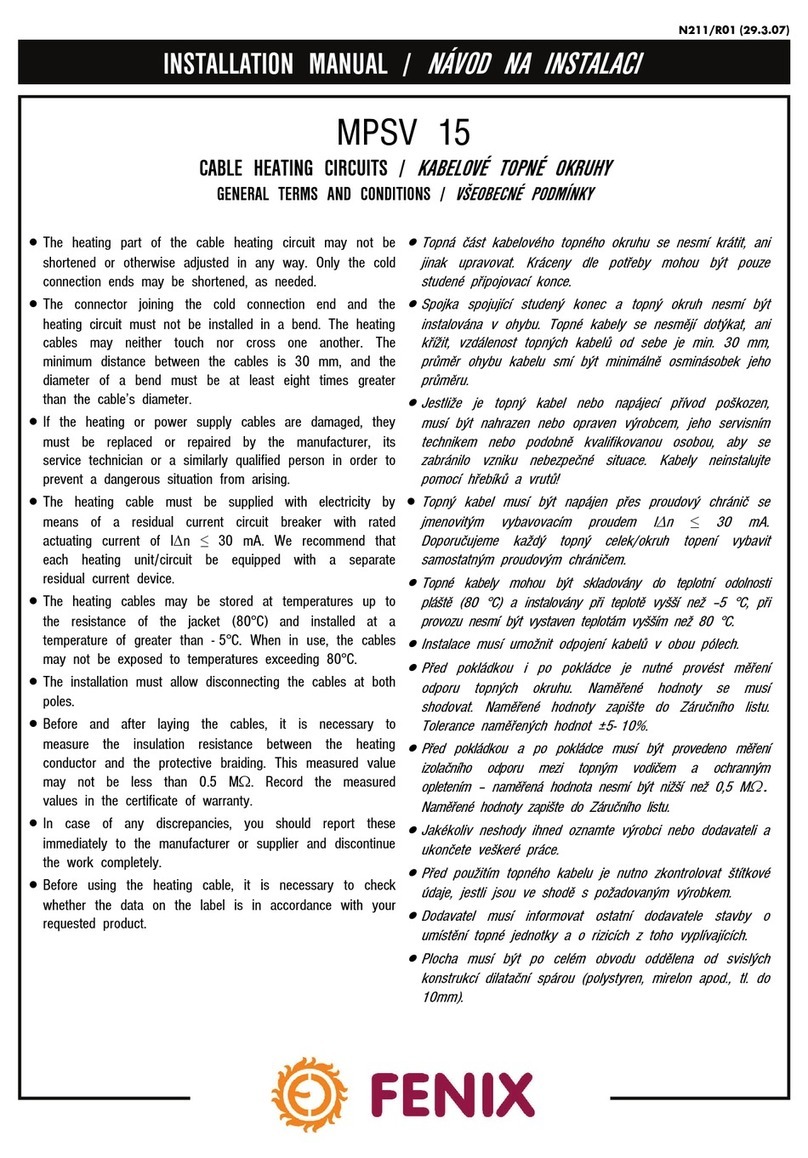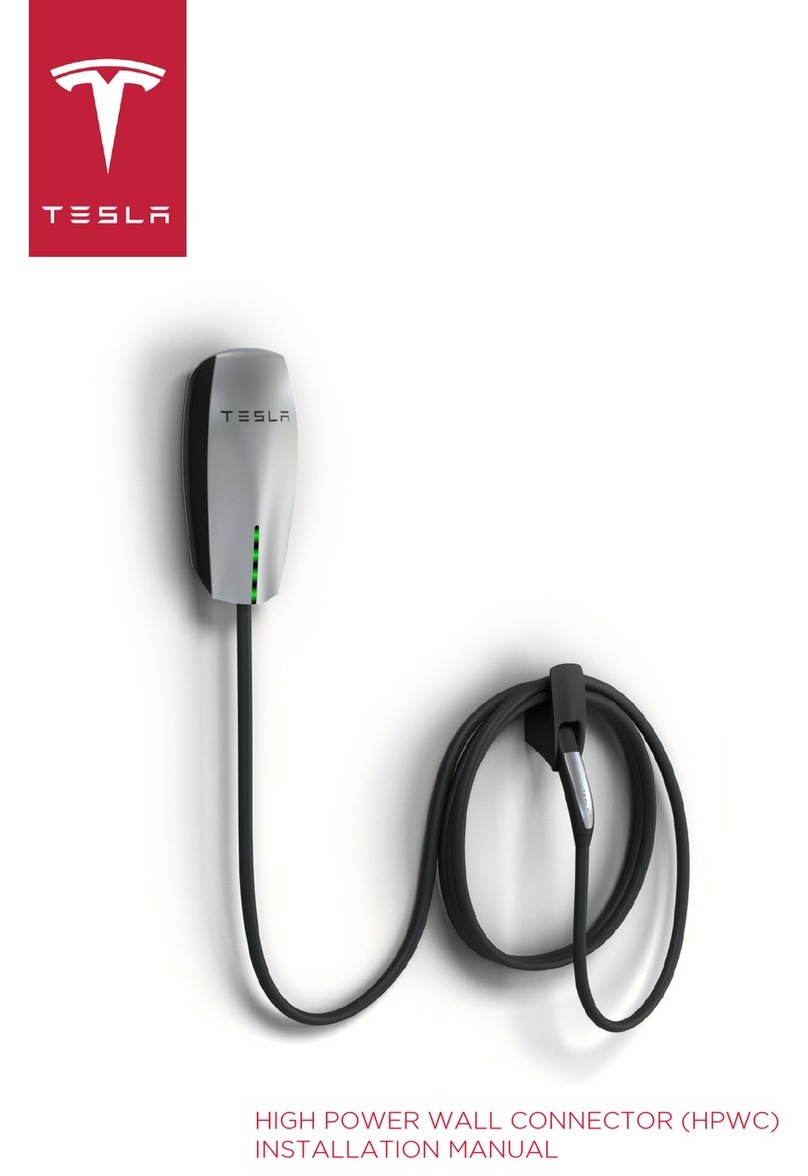
ADCP-80-325 •Issue 4 •January 2001
Page 6
2001, ADC Telecommunications, Inc.
Table 1. Two Zone Cross-Aisle Panel Wiring, continued
LINEUP/BAY CIRCUIT LINEUP/BAY CIRCUIT
FROM TO COUNT FROM TO COUNT
1/05 2/05 51-100 1/10 2/10 51-100
1/05 2/15 101-150 1/10 2/20 101-150
1/05 3/05 1-50 1/10 3/10 1-50
1/05 3/15 151-200 1/10 3/20 151-200
2/05 1/15 151-200 2/10 1/20 151-200
2/05 3/05 101-150 2/10 3/10 101-150
2/05 3/15 1-50 2/10 3/20 1-50
3/05 1/15 51-100 3/10 1/20 51-100
3/05 2/15 151-200 3/10 2/20 151-200
1/11 2/11 1-50 1/16 2/16 1-50
1/11 3/11 101-150 1/16 3/16 101-150
2/11 3/11 51-100 2/16 3/16 51-100
1/12 2/12 1-50 1/17 2/17 1-50
1/12 3/12 101-150 1/17 3/17 101-150
2/12 3/12 51-100 2/17 3/17 51-100
1/13 2/13 1-50 1/18 2/18 1-50
1/13 3/13 101-150 1/18 3/18 101-150
2/13 3/13 51-100 2/18 3/18 51-100
1/14 2/14 1-50 1/19 2/19 1-50
1/14 3/14 101-150 1/19 3/19 101-150
2/14 3/14 51-100 2/19 3/19 51-100
1/15 2/15 1-50 1/20 2/20 1-50
1/15 3/15 101-150 1/20 3/20 101-150
2/15 3/15 51-100 2/20 3/20 51-100
The zoned cross-aisle cabling system results in shorter jumpers and thereby reduces horizontal
jumper pileup.
3.3 Ratio of Cross-Aisle Ties
The ratio of cross-aisle ties to the number of equipment terminations in a bay may vary
greatly, depending on the design of the lineups. Cable considerations include:
• Quantity of DSX terminations in each bay. Typical seven foot DSX bays may have from
450 to 1008 terminations.
• Spread of equipment terminations within each bay. If multiplexers and digital switch
terminations are located in the same bay, fewer cross-connect wires will leave that bay
than if the multiplexers and switch terminations are located in different bays.
• Short cross-connect concept. Preferential assignment or software is used always to select
the shortest possible cross-connect.
